I'm reading a data.ser file to fill some HashMaps with saved data.
Although the Map has the values I'm supposed to have, the KeySet, EntrySet, and values are all null.
for example, Hashmap "Employees" looks like this when I inspect it in debug mode:

Can someone help me figure out what's wrong with it? How is that situation even possible?
An example for a null value returned although the map contains a value (Employee) with the key (ID) im searching:
